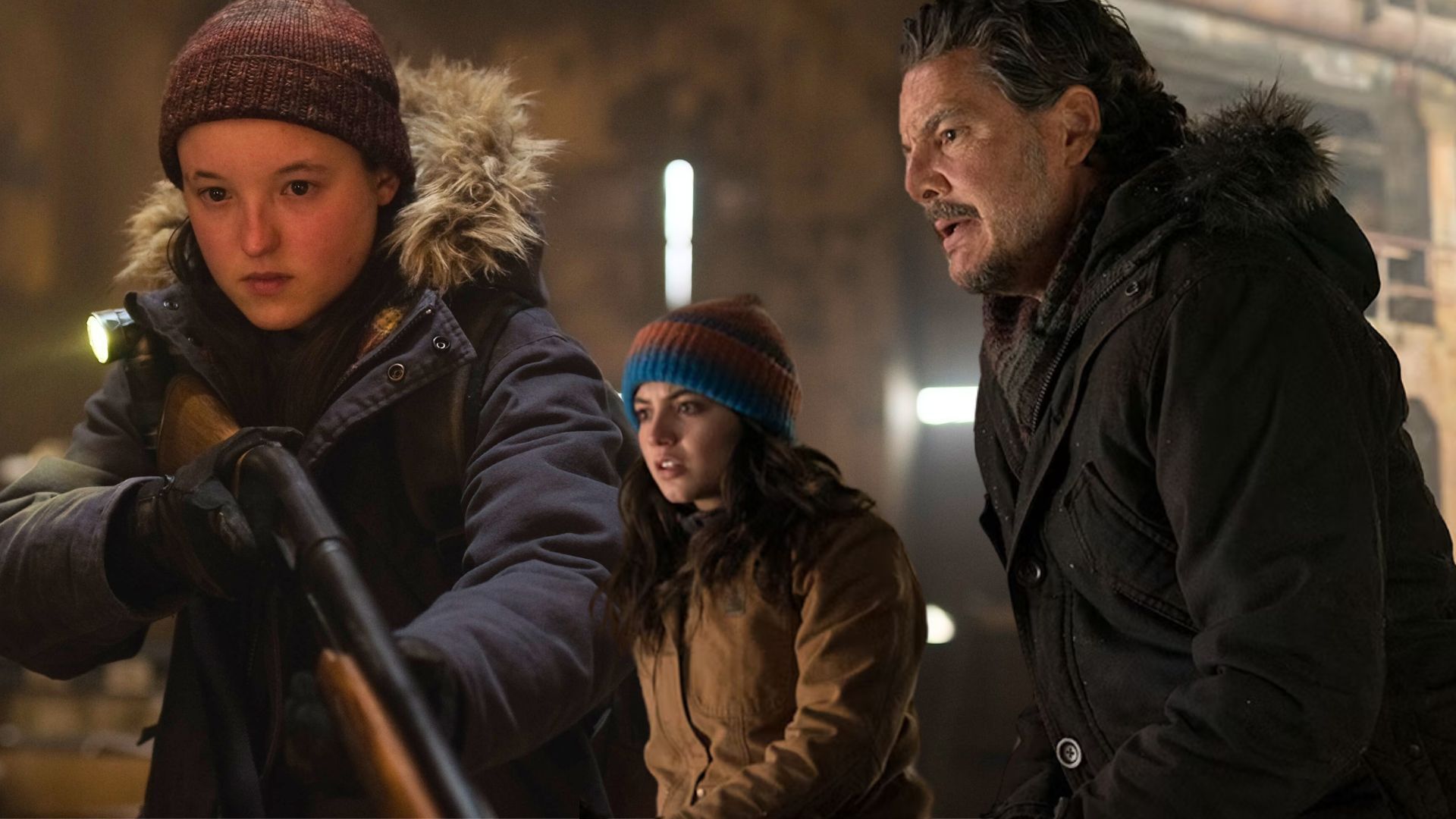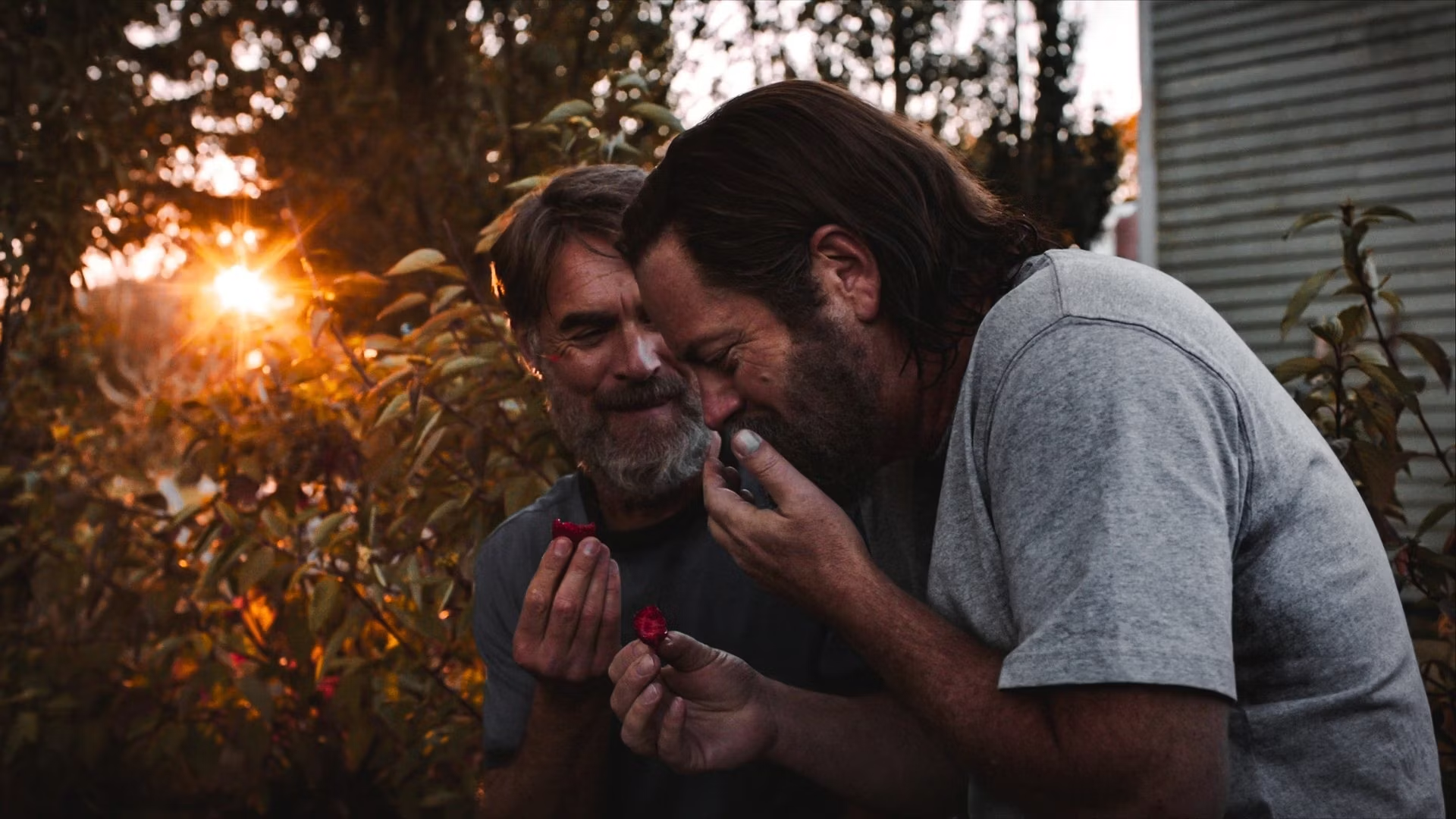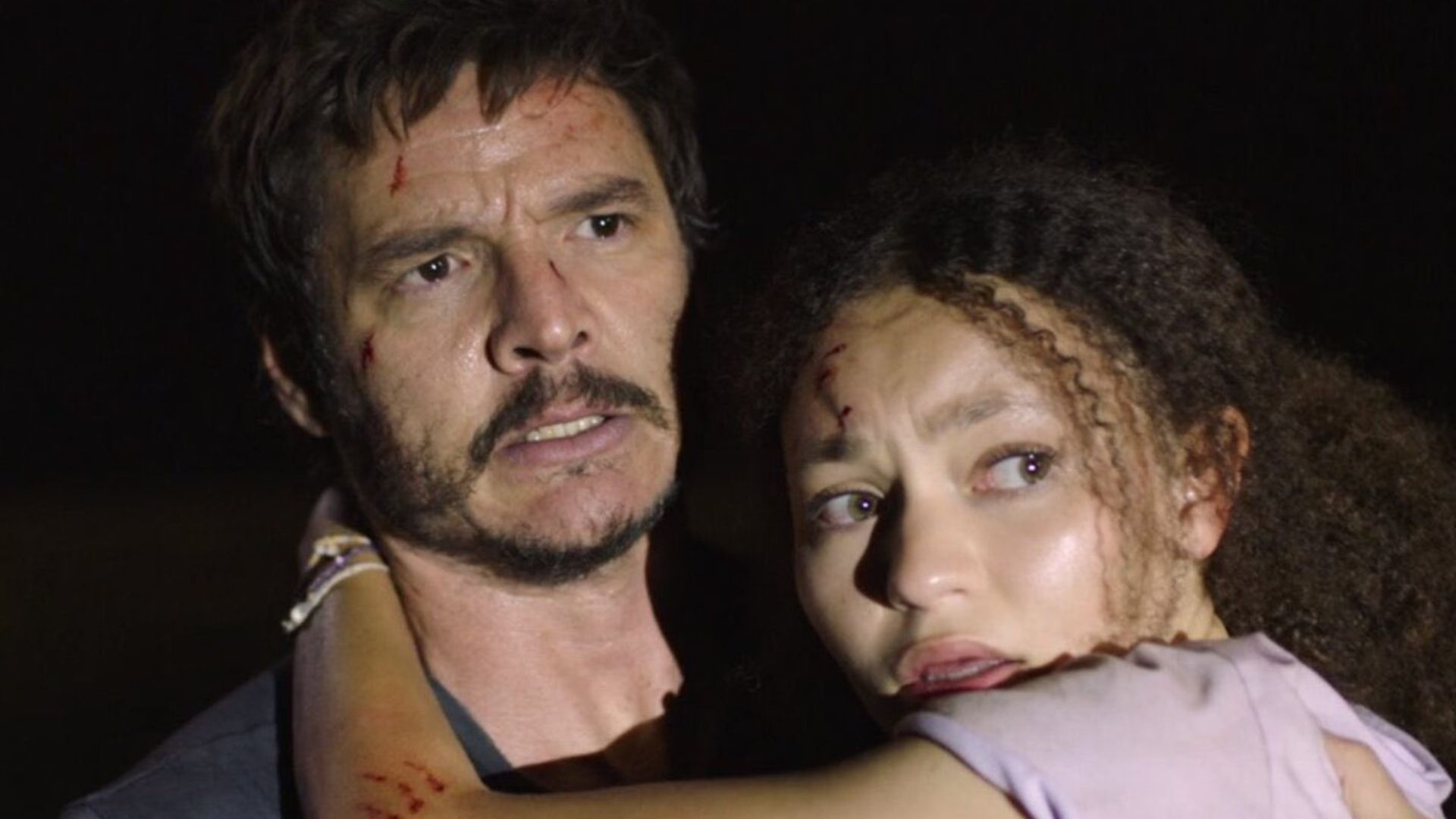
The American entertainment industry has experienced an unprecedented level of politicization, primarily due to the aggressive campaign led by the current U.S. President Donald Trump and his supporters against what they label as “woke.” This has often resulted in strong criticism from certain online communities whenever characters who do not conform to traditional roles of being white, male, heterosexual, or cisgender appear in movies or TV shows. Notably, popular franchises such as Star Wars and Dr. Who have faced accusations of alienating fans and catering to a “woke” audience for their attempts to feature more women, people of color, and LGBTQ individuals in their recent productions. Sometimes, these efforts have led to online harassment and even violent abuse towards the actors associated with these projects.
Despite facing similar controversies as other series, HBO’s adaptation of “The Last of Us,” originally created by Naughty Dog, has remarkably remained free from the same level of backlash. This may be due to viewers’ prior knowledge of the source material, but the show surpasses its game predecessor in terms of diverse representation for women, LGBTQ individuals, and people of color. The trend is expected to continue in the second season, which is based on the 2020 sequel to the original game.
A Young Gay Girl’s Story
In the original series, The First Season of ‘The Last of Us’ focuses on smuggler Joel Miller (Pedro Pascal), who is tasked with safeguarding a teenage girl named Ellie (Bella Ramsey) through a post-apocalyptic America overrun by a deadly fungus that transforms the infected into zombie-like creatures. Ellie is unique in her resistance to this fungus, piquing interest from a faction called the Fireflies who want Joel to transport her to their hospital for potential cure extraction. The second season, inspired by the 2020 game sequel ‘The Last of Us: Part II’, delves into Ellie’s quest for vengeance against a former Firefly named Abby Anderson (Kaitlyn Dever) five years after the initial storyline.
In an unprecedented move for their time, both games showcased a groundbreaking inclusivity through their main character Ellie, who is openly lesbian. Her relationship with Riley (portrayed by Storm Reid in the series) and Dina (played by Isabela Merced) are integral to her storyline, as seen in the 2014 DLC of the first game titled “The Last of Us: Left Behind“. Despite potential homophobic opposition, the games managed to sell an astonishing 37 million copies over the past decade, including during the GamerGate controversy.
In the games, representation of LGBTQ individuals wasn’t just about Ellie. The original game subtly included a same-sex relationship between Bill and Frank, two characters, which was commended by GLAAD. In the sequel, a significant character, Lev (portrayed by Ian Alexander, who identifies as non-binary), was showcased as transgender.
The Show’s Diverse Cast



Compared to the original games, the HBO series goes a step further in promoting diversity and inclusivity through its casting and character development. For example, Neil Druckmann (the creative director of the games) and Craig Mazin, the show’s creators, made Ellie’s character even more inclusive by choosing non-binary actor Bella Ramsey to portray her. Additionally, while Joel and his brother Tommy were depicted as white in the games, the series features Latino actors Pedro Pascal and Gabriel Luna in these roles.
The series clearly emphasizes inclusivity, particularly in its depiction of various side characters. For example, during the initial season, Joel and Ellie encounter a young Black man named Henry (played by Lamar Johnson) and his sibling Sam (Keivonn Montreal Woodard). While their storyline in the show is largely similar to the game, Mazin opted to modify Sam’s character for the screen version. He made Sam Deaf and had him communicate with his brother using American Sign Language, which led to the casting of Woodard, who is actually Deaf himself.
In expressing their relationship through American Sign Language (ASL), the show intensifies the heartfelt and tender bond shared by Henry and Sam, going beyond what was portrayed in the game. Simultaneously, it underscores the notion that individuals with disabilities are just as capable of navigating a harsh, post-apocalyptic landscape as their non-disabled peers. To further emphasize this, HBO is embracing this aspect by providing ASL versions of The Last of Us.
Furthermore, we have characters like Bill and Frank (played by Nick Offerman and Murray Bartlett). Although the game hints at their romantic relationship, it’s Frank who is absent from the screen due to his suicide following a long battle with despair. However, the HBO series takes an unexpected turn, dedicating an entire episode to the tale of Bill and Frank. This narrative spans their initial encounter to their marriage amidst the backdrop of the fungal outbreak. In contrast to the bleak portrayal in the game, the show presents a more optimistic trajectory for their relationship. It delves deeper into Bill’s softer side, usually hidden, and offers a much brighter ending for this couple compared to the game.
Why So Little Hate?
A possible rephrasing for the given text could be: “One possibility as to why The Last of Us hasn’t faced as much criticism as franchises like Star Wars could be that a significant number of viewers are already acquainted with the games. Consequently, they have a preconceived understanding of the series’ narrative elements, such as Ellie and Bill’s sexualities and Lev’s identity as a trans man. Essentially, because the games are known for promoting diversity, those who are prone to taking offense at the frequent portrayal of women, ethnic minorities, LGBTQ individuals, and disabled people in media might be less inclined to watch the series.
To illustrate a contrast, “Star Wars” is an older and less ethnically varied franchise compared to “The Last of Us.” Initially, its first six movies primarily focused on straight, white male characters. Some traditional fans, perhaps due to their familiarity with this limited diversity, may have perceived as an attack the recent portrayal in “Star Wars” films and series of characters and actors from a wider range of backgrounds.
It’s yet to be determined if The Last of Us Season 2 will maintain the inclusivity and diversity from the initial season. However, indications such as casting non-binary actor Noah Lamanna in a significant role are hopeful signs. You can watch both seasons of The Last of Us on Max via the link provided below:
[Link to The Last of Us on Max]
Watch on Max
Read More
- Mech Vs Aliens codes – Currently active promos (June 2025)
- Honor of Kings returns for the 2025 Esports World Cup with a whopping $3 million prize pool
- Gold Rate Forecast
- Every Upcoming Zac Efron Movie And TV Show
- Kanye “Ye” West Struggles Through Chaotic, Rain-Soaked Shanghai Concert
- Superman: DCU Movie Has Already Broken 3 Box Office Records
- Silver Rate Forecast
- USD CNY PREDICTION
- Hero Tale best builds – One for melee, one for ranged characters
- EUR USD PREDICTION
2025-04-16 03:04